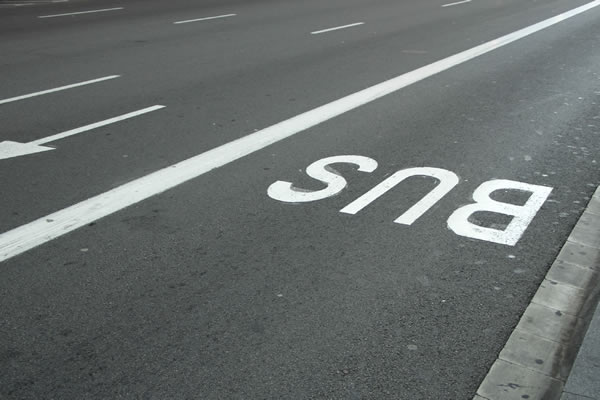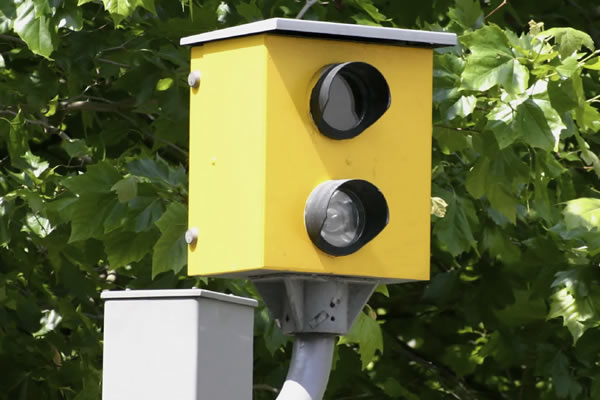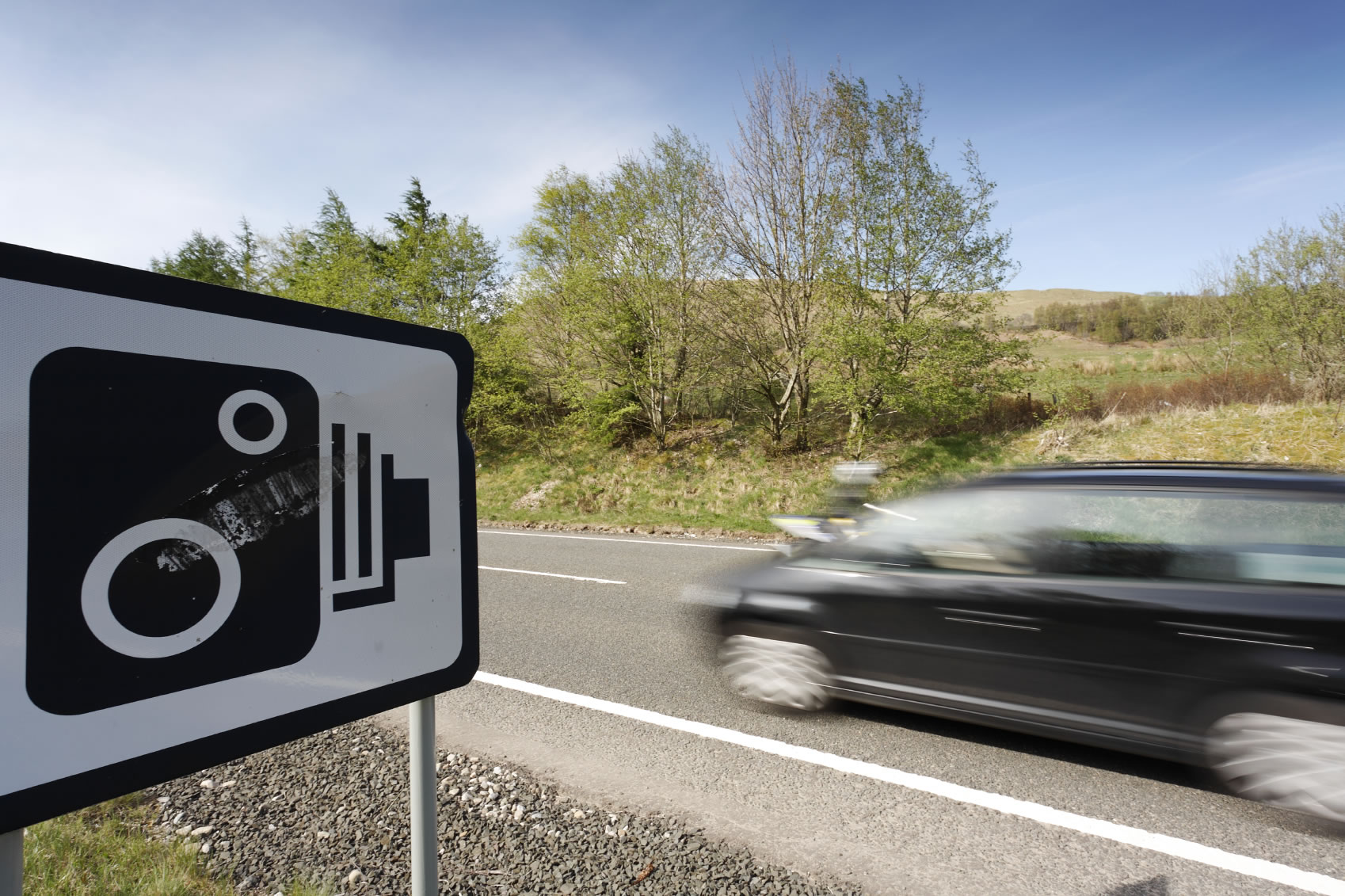Speed Survey
A Speed survey is carried out usually for the purpose of determining the level of vision required at the point of contact of two roads or access points or as part of the design process for a new road or junction.
Speed surveys are also used in the evaluation of traffic calming schemes, in a before and after situation, and in relation to a safety examination of the local road network.
Often speed surveys are carried out to either validate or rebut the concerns of third parties, as for example in the context of a planning application or appeal.
Radar speed surveys are carried out in accordance with a Department of Transport standard and dependent on the purpose of the survey are then presented as average or 85th percentile values. In highway design and particularly junction assessment the higher 85th percentile value is always used and “wet weather speeds”, which are lower than dry are used. If the survey is undertaken in dry weather conditions the 85th percentile value is translated by use of computer software to a “wet weather” value.
Speed surveys can be carried out either manually by a hand held device or by tubes laid across the road known in the profession as 'automatic traffic counters' (ATC's).
Manual traffic counts have the benefit of providing more precise details of the circumstances of the local highway, such as weather conditions, constraints to free flow conditions, high speed emergency vehicles, and by noting and removing 'platoons' of traffic from the survey. ATC’s are in place for a full 24 hour, seven day period and thus a greater range of results and traffic flows is obtained. However because of their nature they will not take into account the factors which an operator would record as part of the manual survey.
Sanderson Associates have extensive experience in providing speed surveys using both means, with our “in house” Genesis Handheld Directional Radar or Laser Speed Guns used for manual collection.
Speed surveys can be carried out as part of access feasibility investigations or as part of a Transport Statement or Transport Assessment. In addition they are often carried out for more simple planning proposals where the suitability of an existing or new access is brought into question by the Local Planning or Highway Authority.
In addition to undertaking the survey Sanderson Associates have in house transport and design engineers who are able to determine design requirements from the results and to comment on layouts and seek to provide amendments, where possible, which move to compliance with the required standard.
What Our Clients Say:
Swept Path Analysis and Visibility Drawing incorporated into a Technical Note, Proposed Residential Dwelling, Colchester.
Highway Statement, Proposed Residential Development, Stockport
Transport Assessment, Proposed Residential Development (170 dwellings), Essex
Speed Survey, Proposed Private Residential Development – Testimonial
Access Feasibility Study, Proposed Private Residential Development – Testimonial
Analysis of Speed Survey and Swept Path Analysis
Stage 2 Road Safety Audit, Residential, Staffordshire
Construction Traffic Management Plan
Flood Risk Assessment, Testimonial, Industrial Development, Sheffield
Travel Plan
Require Assistance with a Speed Survey?
Sanderson Associates have enjoyed over 37 years in business, we have extensive experience in assisting our Clients with Speed Surveys in relation to a host of highway planning matters for a variety of developments throughout the UK, Isle of Man and Ireland.
We would be pleased to provide you with our competitive fee proposal to assist you with a Speed Survey, please call us on 01924 844080 or click here to complete our secure online form.




